Radical architecture: is this the built environment's future?
A new book by Phaidon and curator, convenor and author Beatrice Galilee hails the radical architecture of the future through community-focused designs, site-specific and virtual installations, photography essays and traditional architectural projects

Radical Architecture of the Future is a bold title for an architecture book that brings together work that is overwhelmingly real, instead of seductively rendered. The thread that binds this collection of often wildly dissonant projects together is not simply radicalism, but the recognition that contemporary architectural design must engage with the very people it is designed to serve. To showcase these ideals, author Beatrice Galilee has assembled a broad sweep of contemporary design, spanning from community-focused designs, both cultural and industrial, to site-specific and virtual installations and photography essays, as well as traditional architectural projects both big and small.
There are bold juxtapositions, from explicitly political buildings like Heneghan Peng's Palestinian Museum in Birzeit, Palestine, through to poetic landscaping projects like Junya Ishigami's Art Biotop Water Garden in Nasu, Japan. There are residential renewal works that add fresh thinking to urgent issues like sustainability. Photographic essays lay bare the beauty, banality and terror of the late-capitalist landscape.

There’s a lot going on within these pages. Radical Architecture of the Future is most successful when it eschews the celebratory and aspirational tone that pervades architectural publishing in favour of provocation and the promotion of hitherto marginalised and overlooked territories. It is a book to challenge preconceptions and expand horizons. Examples include Atelier Masōmī and Studio Chahar’s impressive Hikma Religious and Secular Complex in Dandaji, Niger, and Forensic Architecture’s meticulous graphic analysis of flashpoints within global conflict.
Galilee spent five years as the curator of architecture and design at the Metropolitan Museum of Art in New York. Her prominent role as a curator, convenor, and creator within the architectural field allows her to tap into the currents of change that swirl around the global modern architecture ‘scene’. As well as the ideas on display, the book also chronicles the end of the modernist monoculture, as architecture starts to live through its own reckoning with representation and power structures.
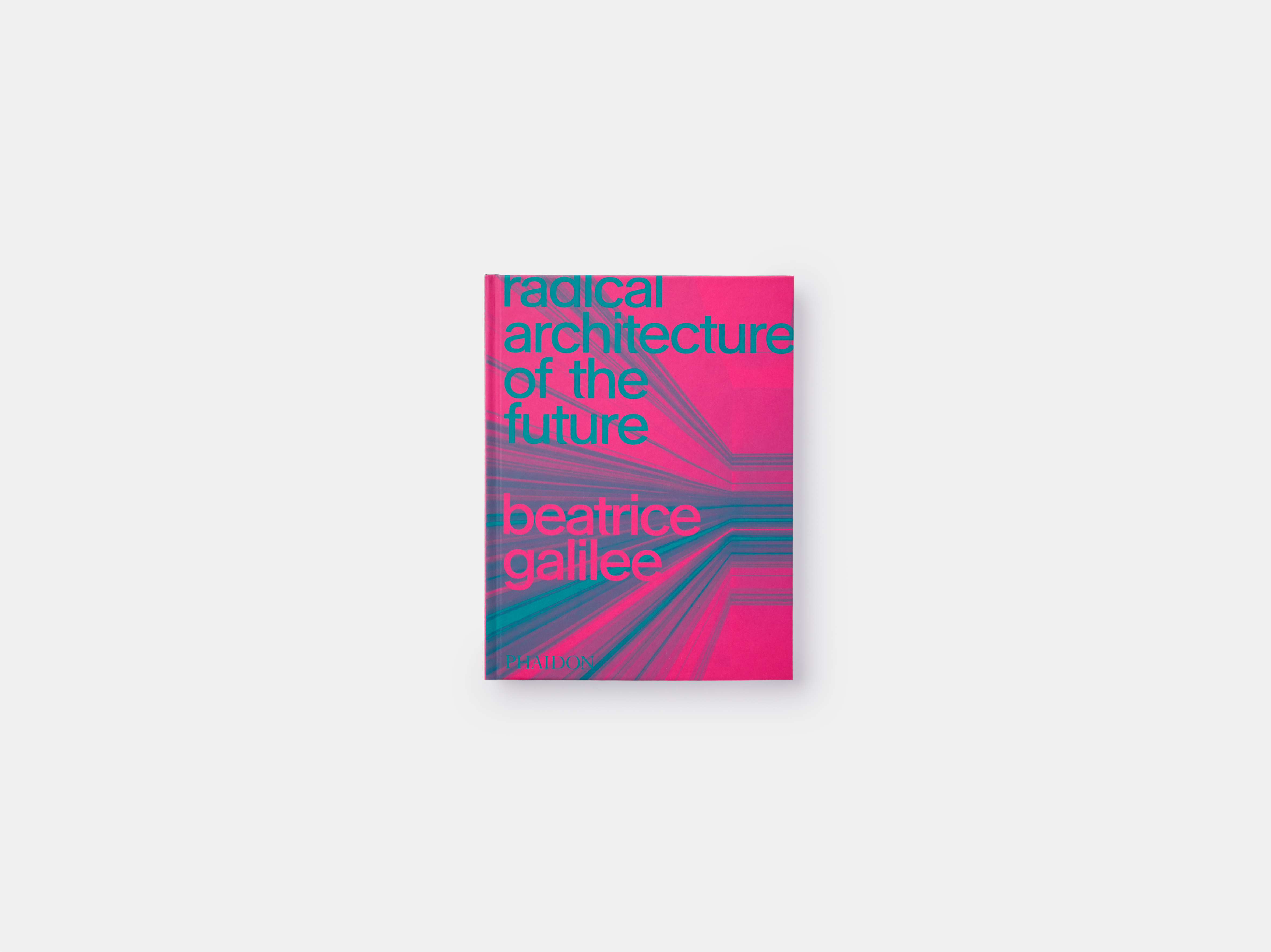
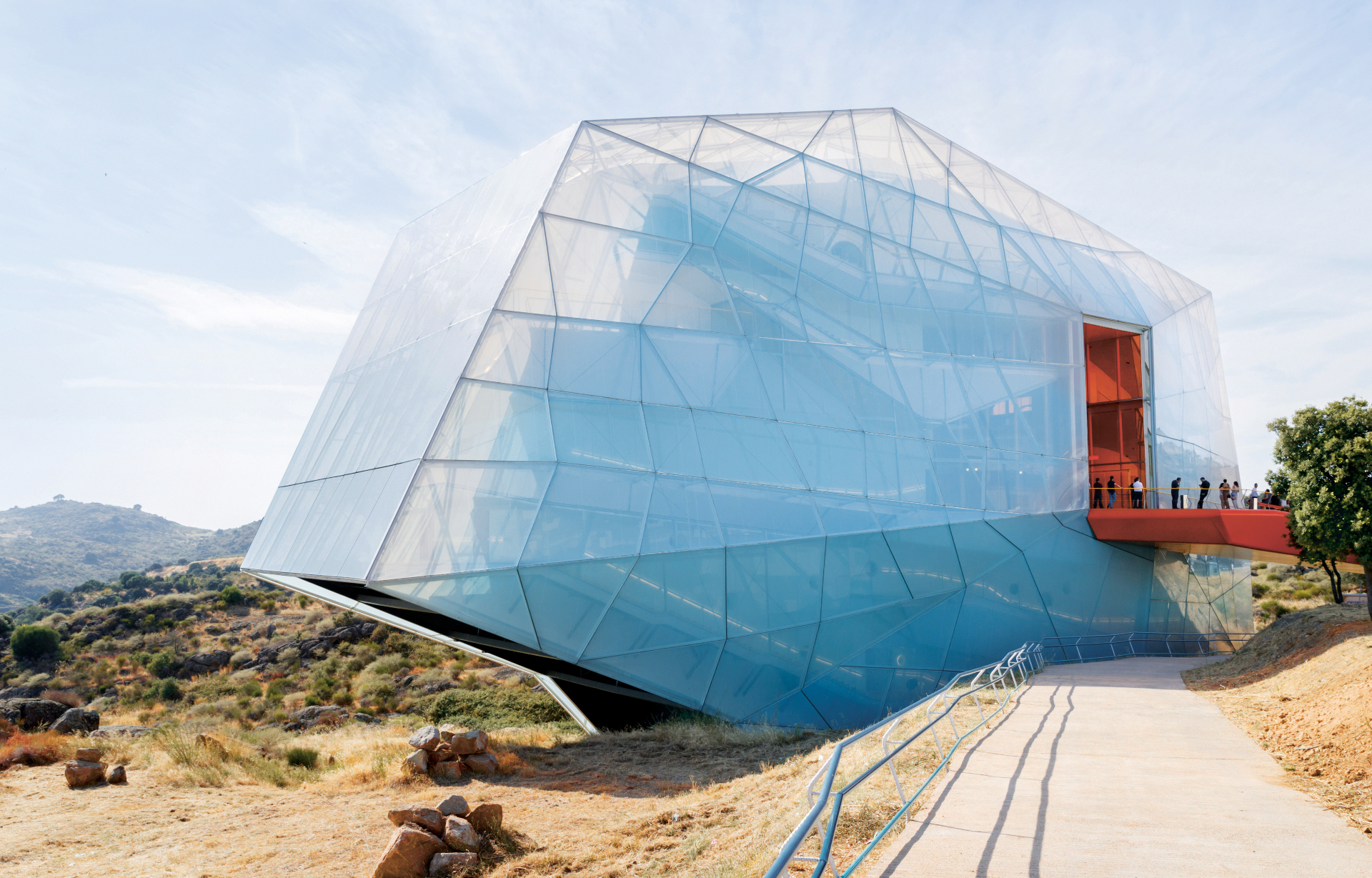
Plasencia Auditorium and Congress Center, SelgasCano, Plasencia, Spain, 2017.

Intimate Strangers, Andrés Jaque / Office for Political Innovation, 2016.
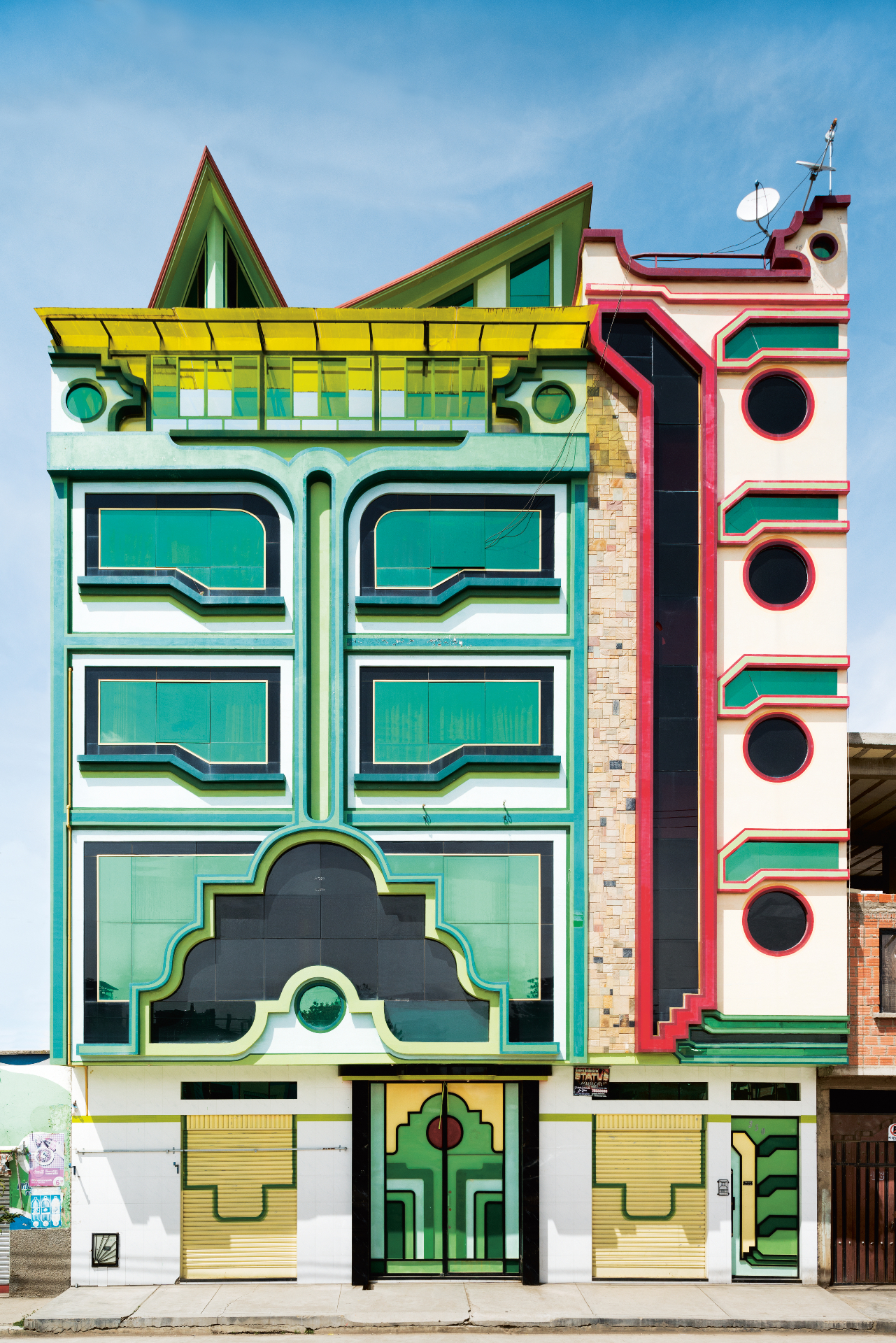
New Andean Architecture, Freddy Mamani, El Alto, Bolivia, 2005. from the book El Alto published by EditionTaube

In the Robot Skies, Liam Young, 2016.

Color(ed) Theory, Amanda Williams, Chicago, IL, USA, 2014–16.
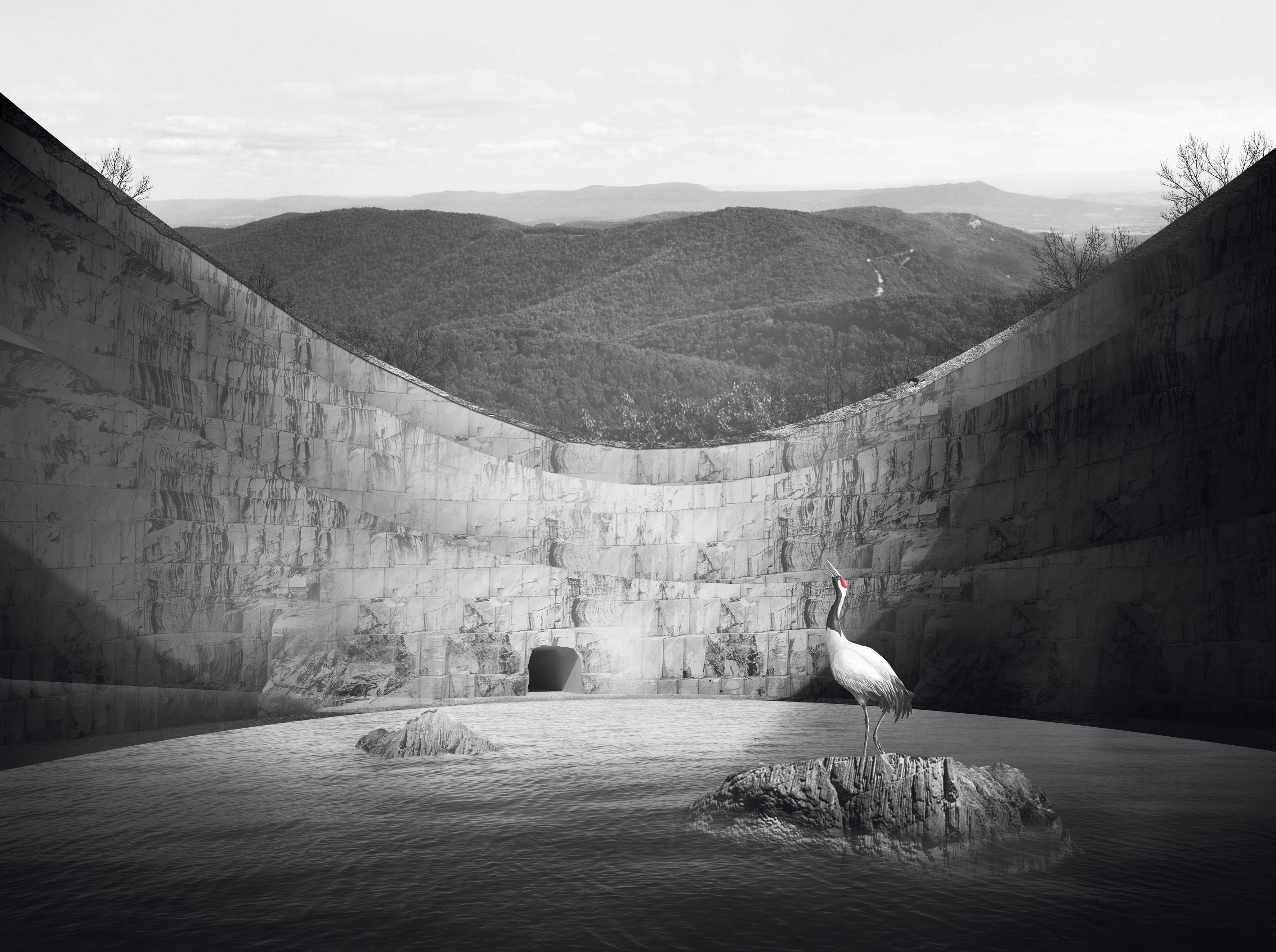
DMZ Vault of Life and Knowledge, Mass Studies, 2015.
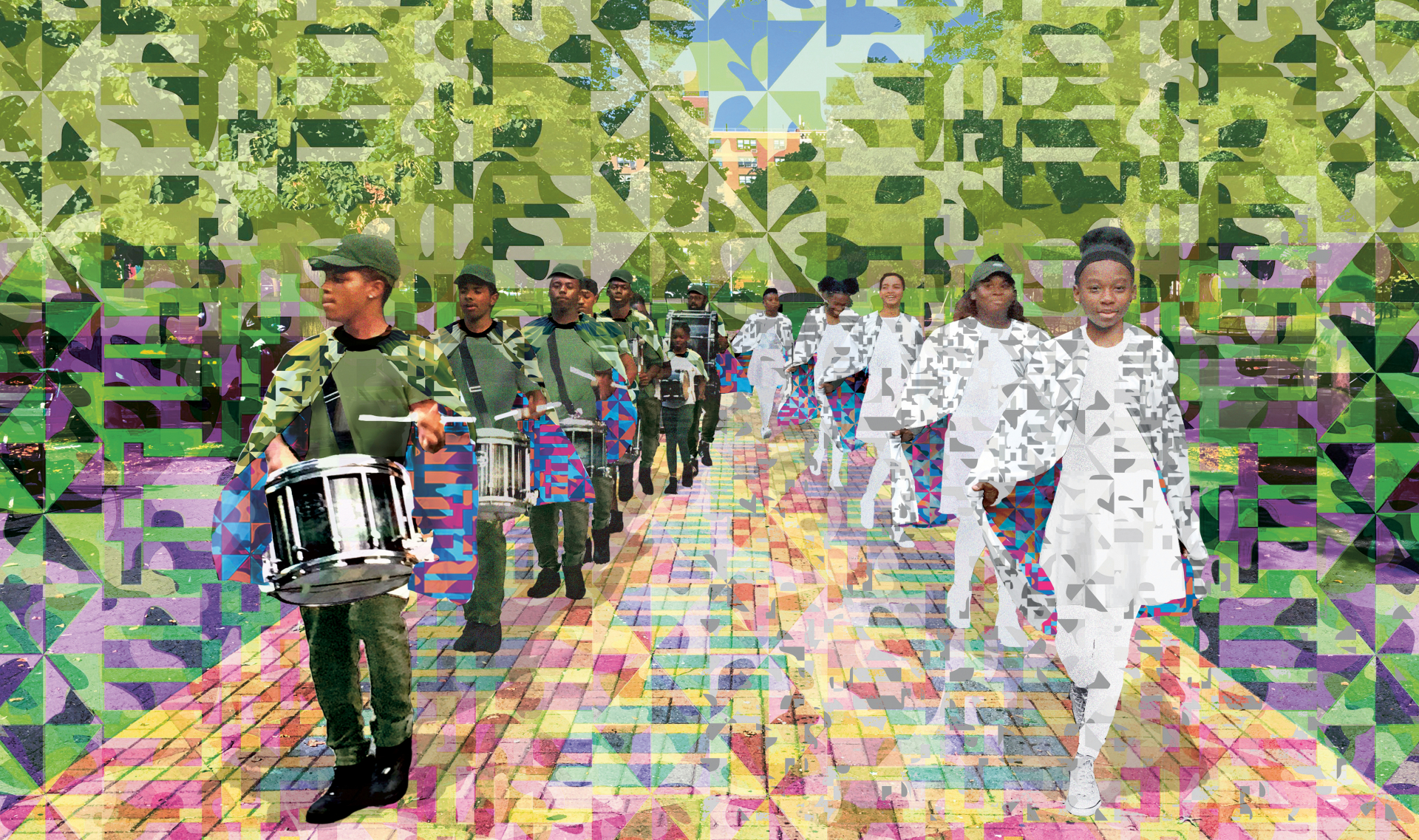
Marching On, Bryony Roberts, Mabel O. Wilson, and the Marching Cobras ofNew York, New York, NY, USA, 2017.

Flint Is Family Part I, LaToya Ruby Frazier, 2016–17.

Space Enabled. Danielle Wood, with project contributors Fohla Mouftaou, Lola Fatoyinbo, David Lagomasino and Danielle Wood.
INFORMATION
Radical Architecture of the Future, Beatrice Galilee, Phaidon, £39.95
Receive our daily digest of inspiration, escapism and design stories from around the world direct to your inbox.
Jonathan Bell has written for Wallpaper* magazine since 1999, covering everything from architecture and transport design to books, tech and graphic design. He is now the magazine’s Transport and Technology Editor. Jonathan has written and edited 15 books, including Concept Car Design, 21st Century House, and The New Modern House. He is also the host of Wallpaper’s first podcast.
-
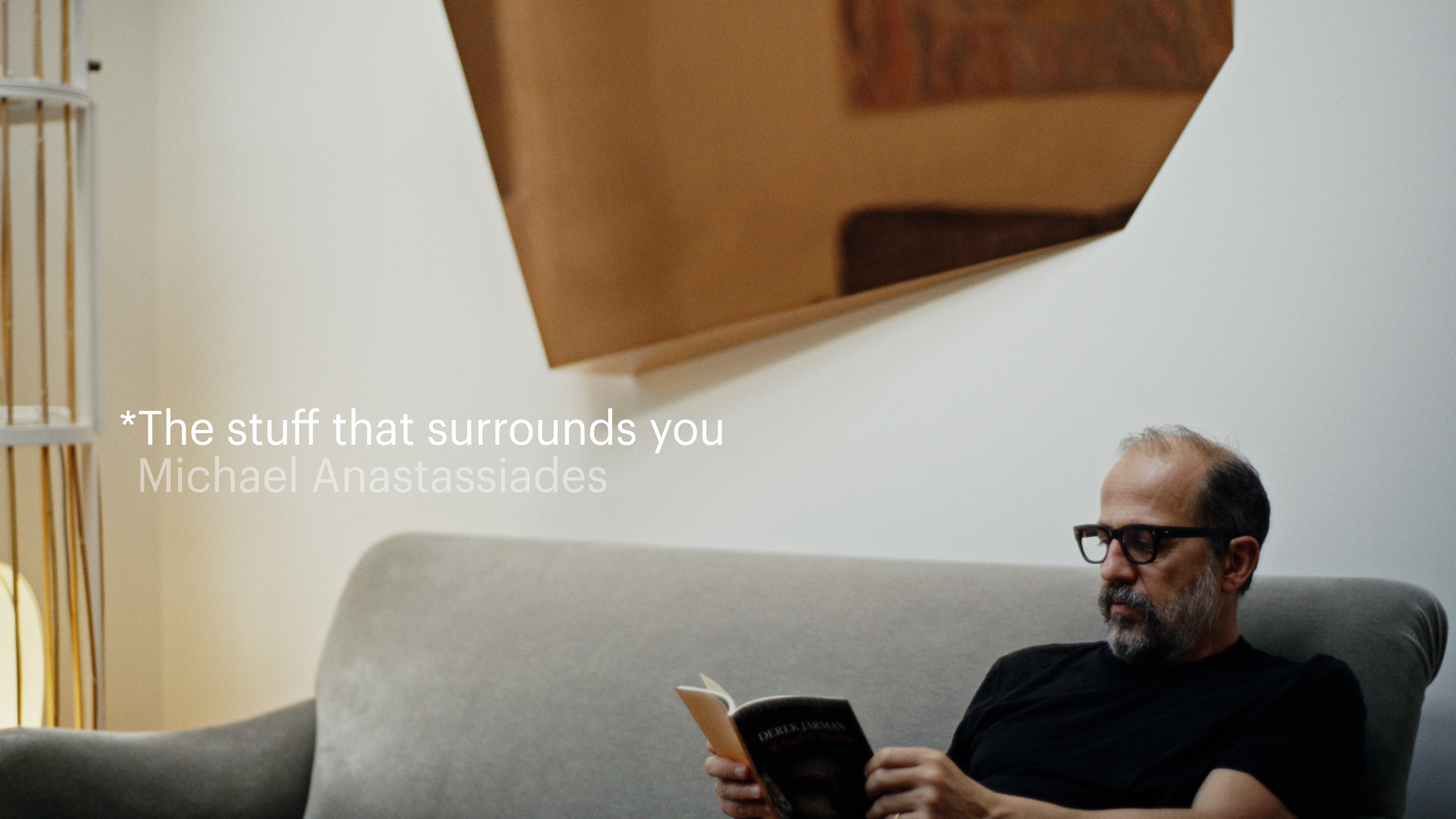 The Stuff That Surrounds You: Inside the home of designer Michael Anastassiades
The Stuff That Surrounds You: Inside the home of designer Michael AnastassiadesIn The Stuff That Surrounds, Wallpaper* explores a life through objects. In this episode, we step inside one of the most considered homes we've ever seen, where Anastassiades test drives his own creations
-
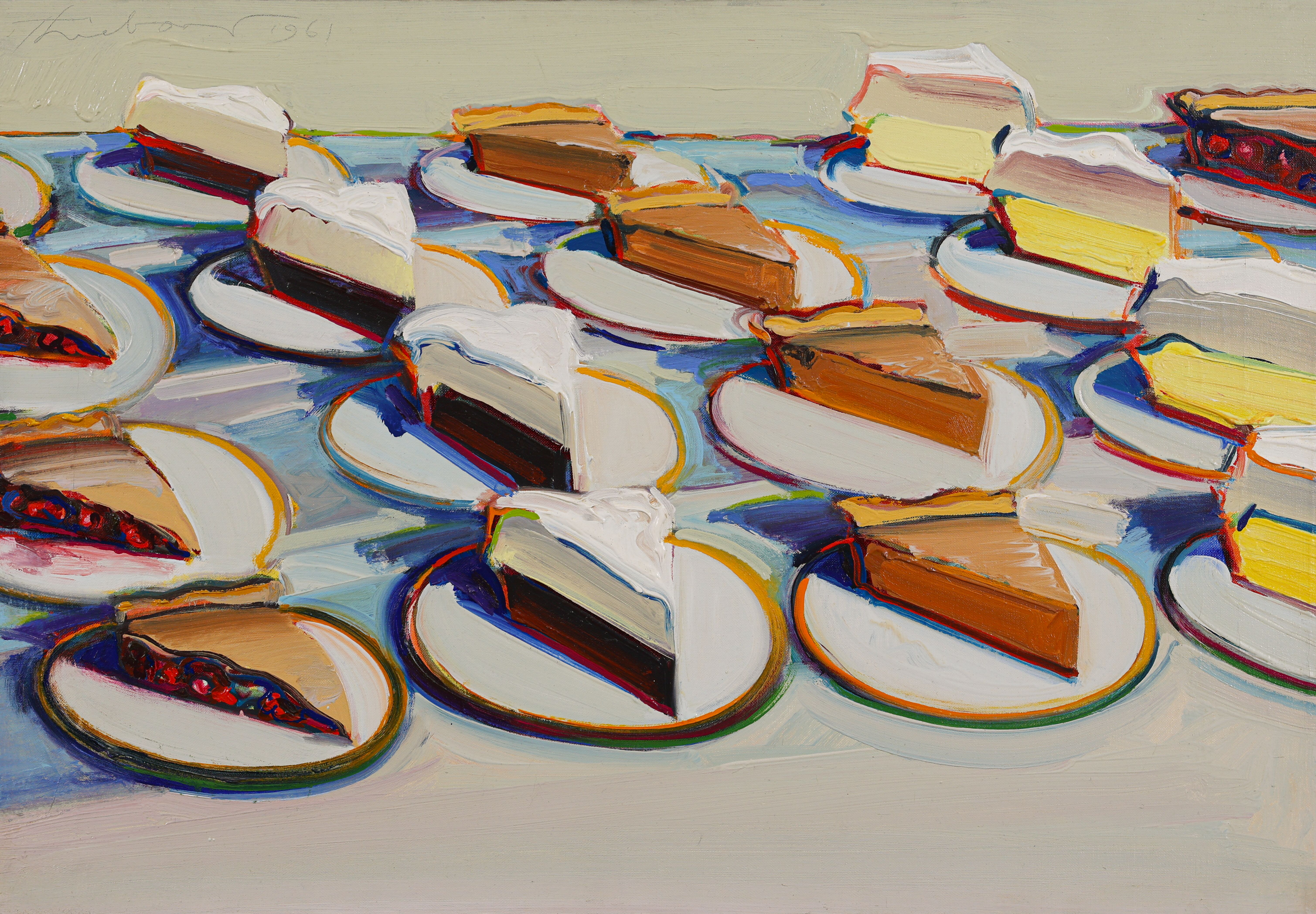 Why are Wayne Thiebaud’s paintings at the Courtauld so tempting?
Why are Wayne Thiebaud’s paintings at the Courtauld so tempting?The American artist’s thickly painted slices of cake at the Courtauld are some of our favourite artworks seen this year. What makes them so special?
-
 Taiwan’s new ‘museumbrary’ is a paradigm-shifting, cube-shaped cultural hub
Taiwan’s new ‘museumbrary’ is a paradigm-shifting, cube-shaped cultural hubPart museum, part library, the SANAA-designed Taichung Green Museumbrary contains a world of sweeping curves and flowing possibilities, immersed in a natural setting
-
 David Kohn’s first book, ‘Stages’, is unpredictable, experimental and informative
David Kohn’s first book, ‘Stages’, is unpredictable, experimental and informativeThe first book on David Kohn Architects focuses on the work of the award-winning London-based practice; ‘Stages’ is an innovative monograph in 12 parts
-
 At the Holcim Foundation Forum and its Grand Prizes, sustainability is both urgent and hopeful
At the Holcim Foundation Forum and its Grand Prizes, sustainability is both urgent and hopefulThe Holcim Foundation Forum just took place in Venice, culminating in the announcement of the organisation's Grand Prizes, the projects especially honoured among 20 previously announced winning designs
-
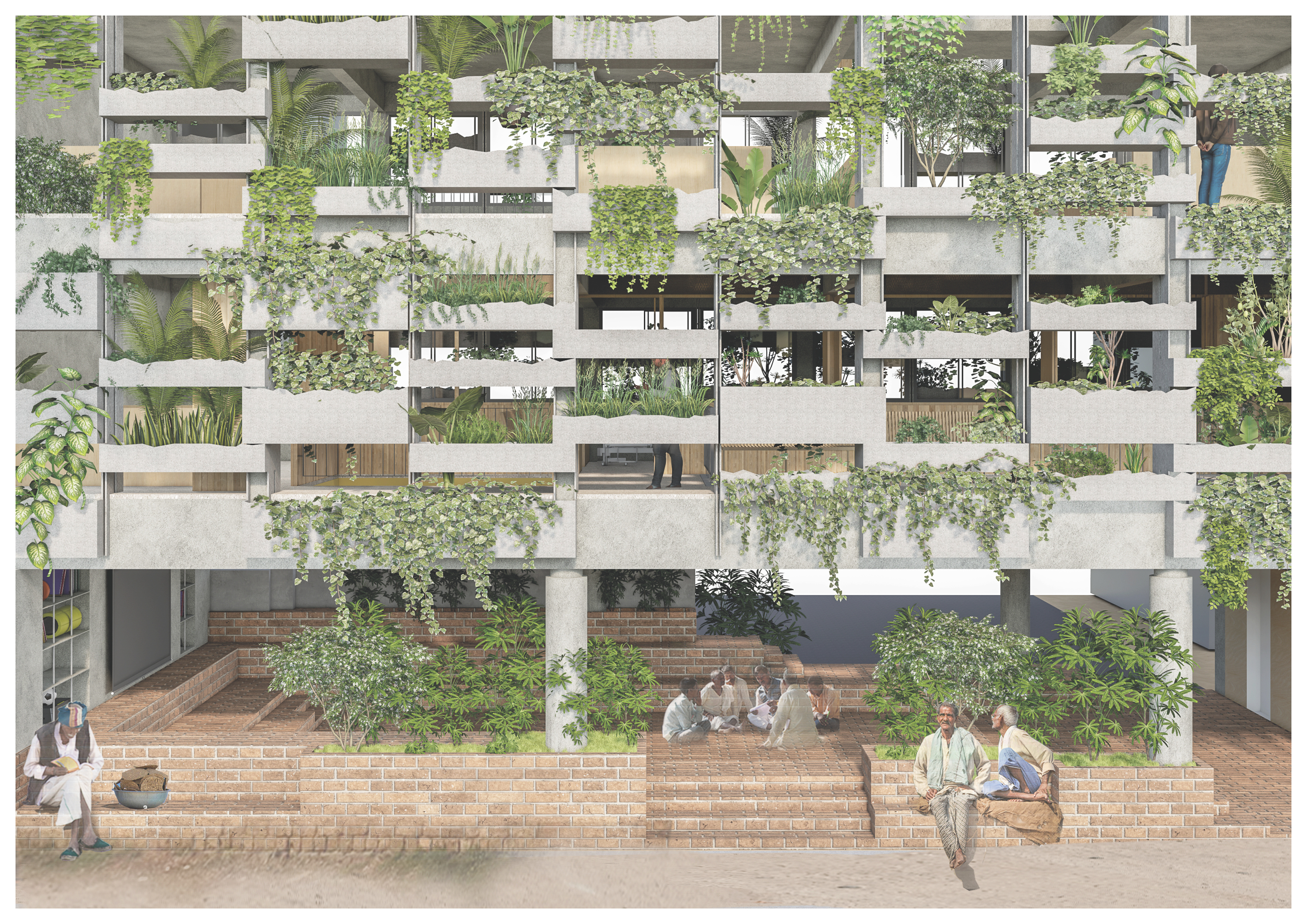 Holcim Foundation Awards celebrate sustainability with 20 winners; Sou Fujimoto explains all
Holcim Foundation Awards celebrate sustainability with 20 winners; Sou Fujimoto explains allThe 2025 Holcim Foundation Awards have just been announced, crowning 20 projects from across the globe as the most inspirational schemes in the field of sustainable architecture; we caught up with Asia Pacific jury chair Sou Fujimoto to find out more
-
 Explore Tom Kundig’s unusual houses, from studios on wheels to cabins slotted into boulders
Explore Tom Kundig’s unusual houses, from studios on wheels to cabins slotted into bouldersThe American architect’s entire residential portfolio is the subject of a comprehensive new book, ‘Tom Kundig: Complete Houses’
-
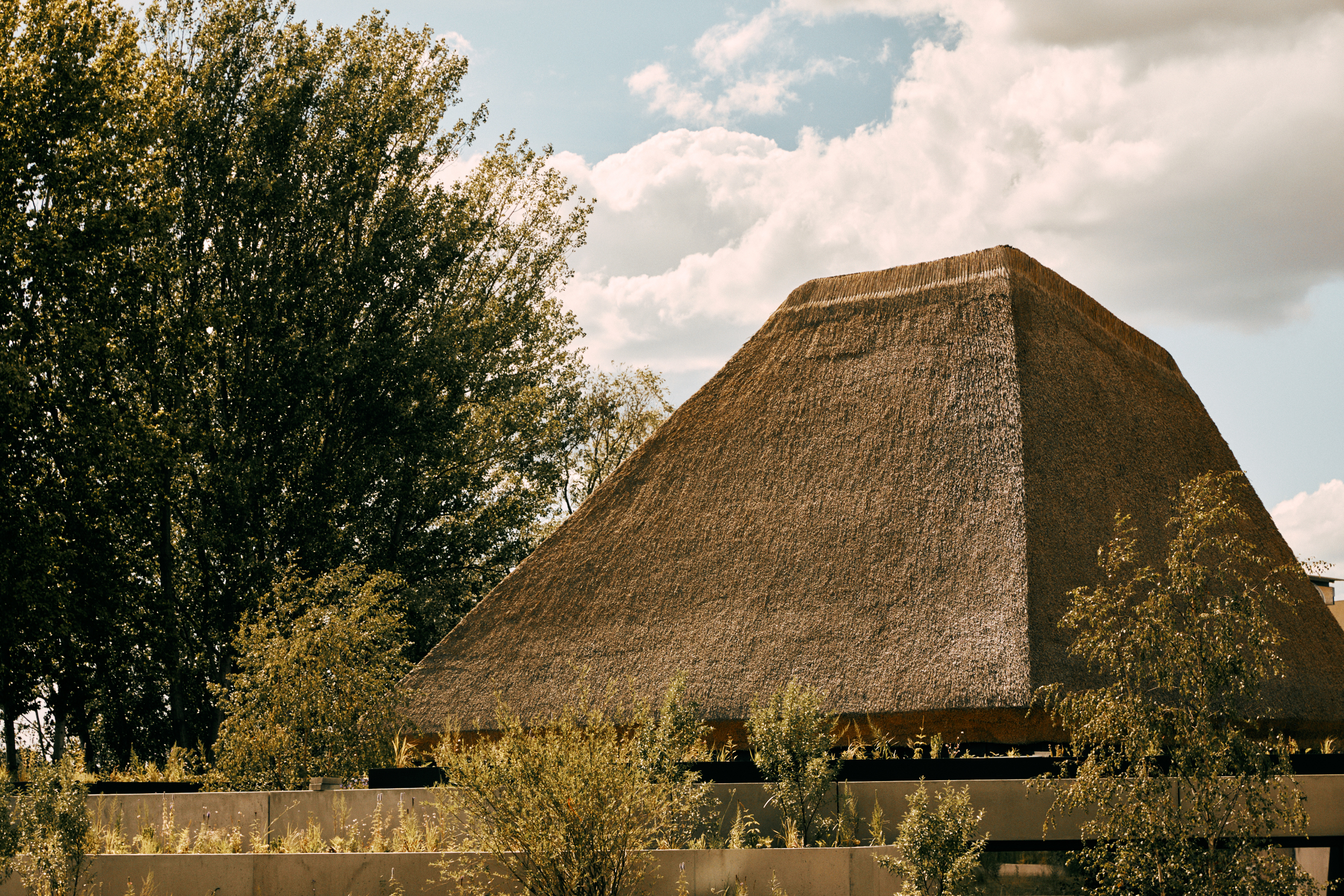 What are biomaterials? Everything you need to know about Mother Nature's building blocks
What are biomaterials? Everything you need to know about Mother Nature's building blocksCould the cities of the future be grown from plants, bacteria and fungi? Architects explain
-
 A new photo book explores the symbolic beauty of the Japanese garden
A new photo book explores the symbolic beauty of the Japanese garden‘Modern Japanese Gardens’ from Thames & Hudson traces the 20th-century evolution of these serene spaces, where every element has a purpose
-
 What is eco-brutalism? Inside the green monoliths of the movement
What is eco-brutalism? Inside the green monoliths of the movementThe juxtaposition of stark concrete and tumbling greenery is eminently Instagrammable, but how does this architectural movement address the sustainability issues associated with brutalism?
-
 Modernist Travel Guide: a handy companion to explore modernism across the globe
Modernist Travel Guide: a handy companion to explore modernism across the globe‘Modernist Travel Guide’, a handy new pocket-sized book for travel lovers and modernist architecture fans, comes courtesy of Wallpaper* contributor Adam Štěch and his passion for modernism